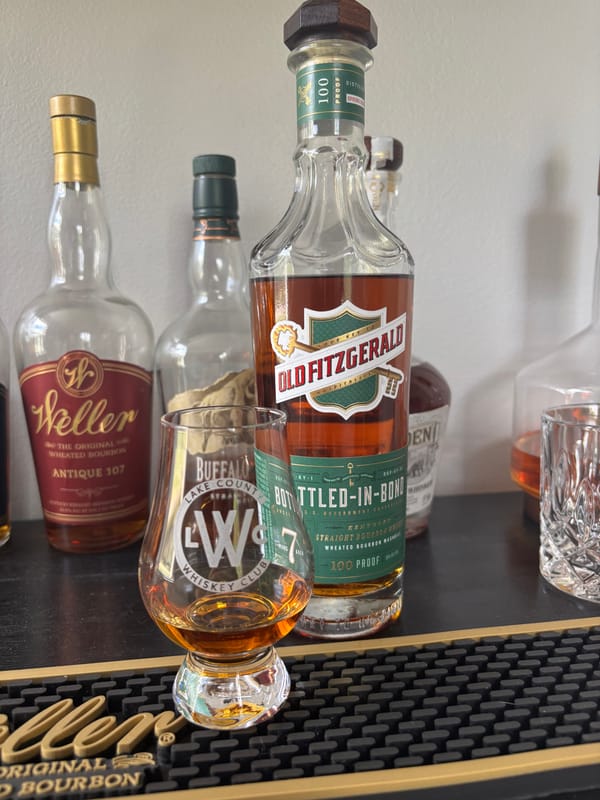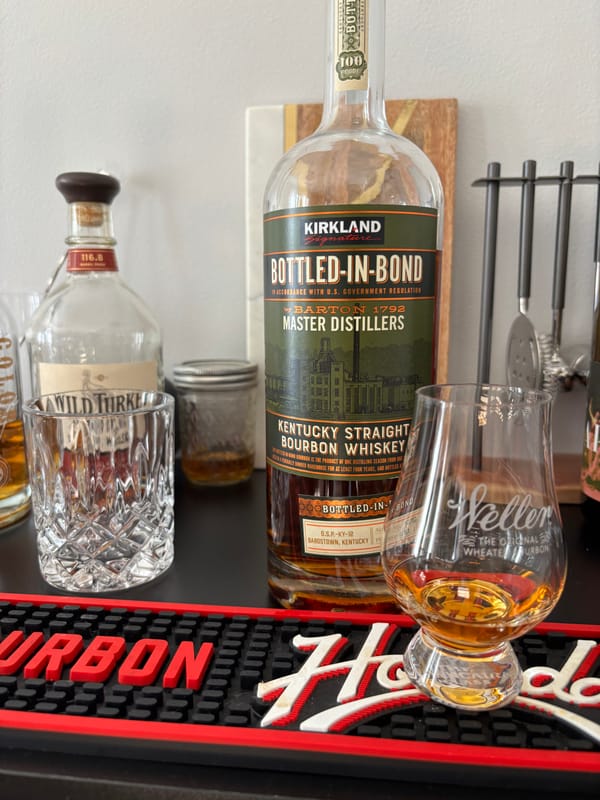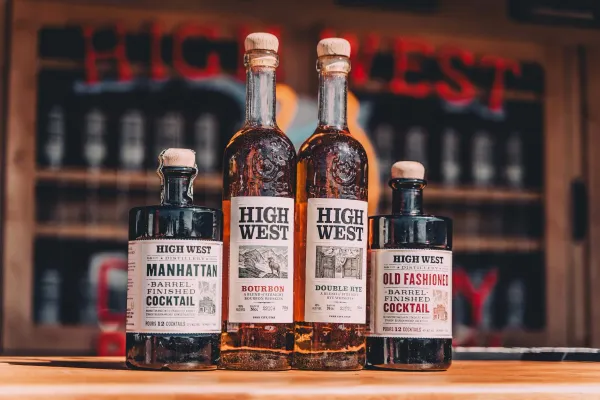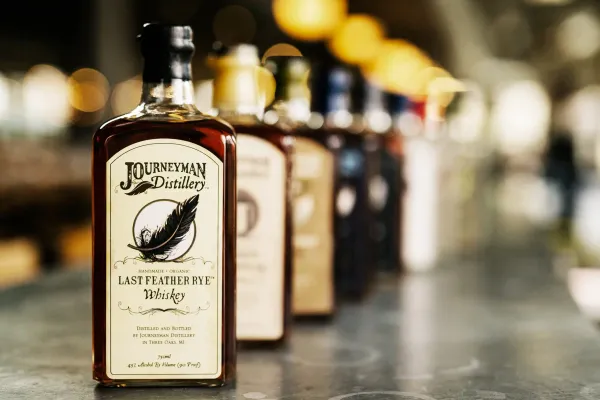Whiskey Oak Stave Curvature Truth: The Bend You’ll Wish You’d Shaped Sooner

Oak Stave Curvature: The Whiskey Curve You Can’t Dodge
Oak stave curvature isn’t just barrel shape. It’s the bend that molds whiskey’s flavor, ensuring oak and spirit connect perfectly. If you don’t know its role, you’re missing the curve that crafts every cask. For whiskey fans hunting that gem, this is the pure truth about oak stave curvature, from wood to sip, and a 2025 must-know.
What Is Whiskey Oak Stave Curvature?
U.S. law requires new charred oak barrels, typically American white oak (Quercus alba), for bourbon, rye, and wheat whiskey: 51% grain minimum, 160 proof max distillation, 125 proof max barreling, 80 proof minimum bottling. Stave curvature refers to the precise arch of 32-34 oak staves, shaped to form a 53-gallon barrel’s rounded body. No law dictates curvature, but every whiskey’s oak interaction depends on it.
How Oak Stave Curvature Shapes Whiskey
Staves are cut, dried, and tapered, then heated and bent to create a barrel’s curve. This shape maximizes spirit contact with charred oak during two-plus years of aging, often four to eight, at 125 proof or less. Tight curvature ensures even extraction of vanilla and caramel, enhancing corn’s sweetness or rye’s spice. Poor curvature reduces contact, weakening flavor.
What Oak Stave Curvature Means for Your Sip
Well-curved staves produce vibrant whiskey. Bourbon’s corn at 80 proof glows with oak’s caramel, and rye’s spice at 100 proof cuts sharp. Uneven curvature dulls the spirit, muting the oak’s depth. Every sip’s richness, tied to law’s oak rule, bends with this curve. It’s why that Christmas bottle feels flawless.
Why Oak Stave Curvature Matters in 2025
Stave curvature is whiskey’s flavor arc. By 2025, understanding it could shape every holiday sip into a perfect pour. It’s the truth in the bend, so don’t miss its form.
Check out NEAT: Whiskey Finder—it’ll help you track down bourbon and whiskey near you.





